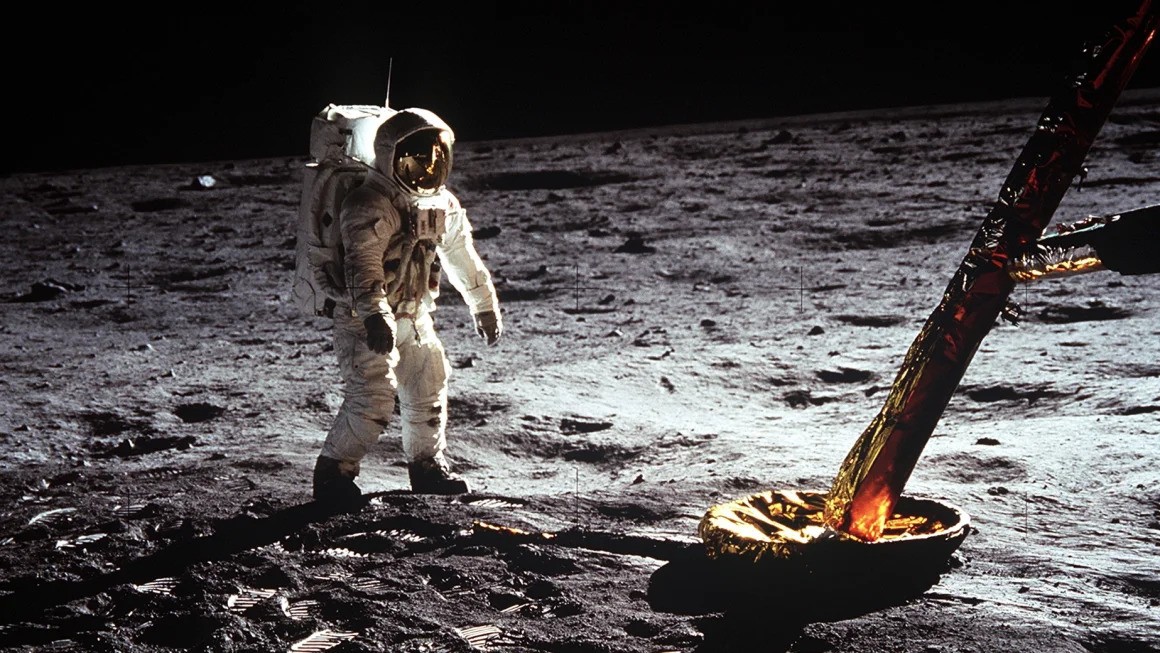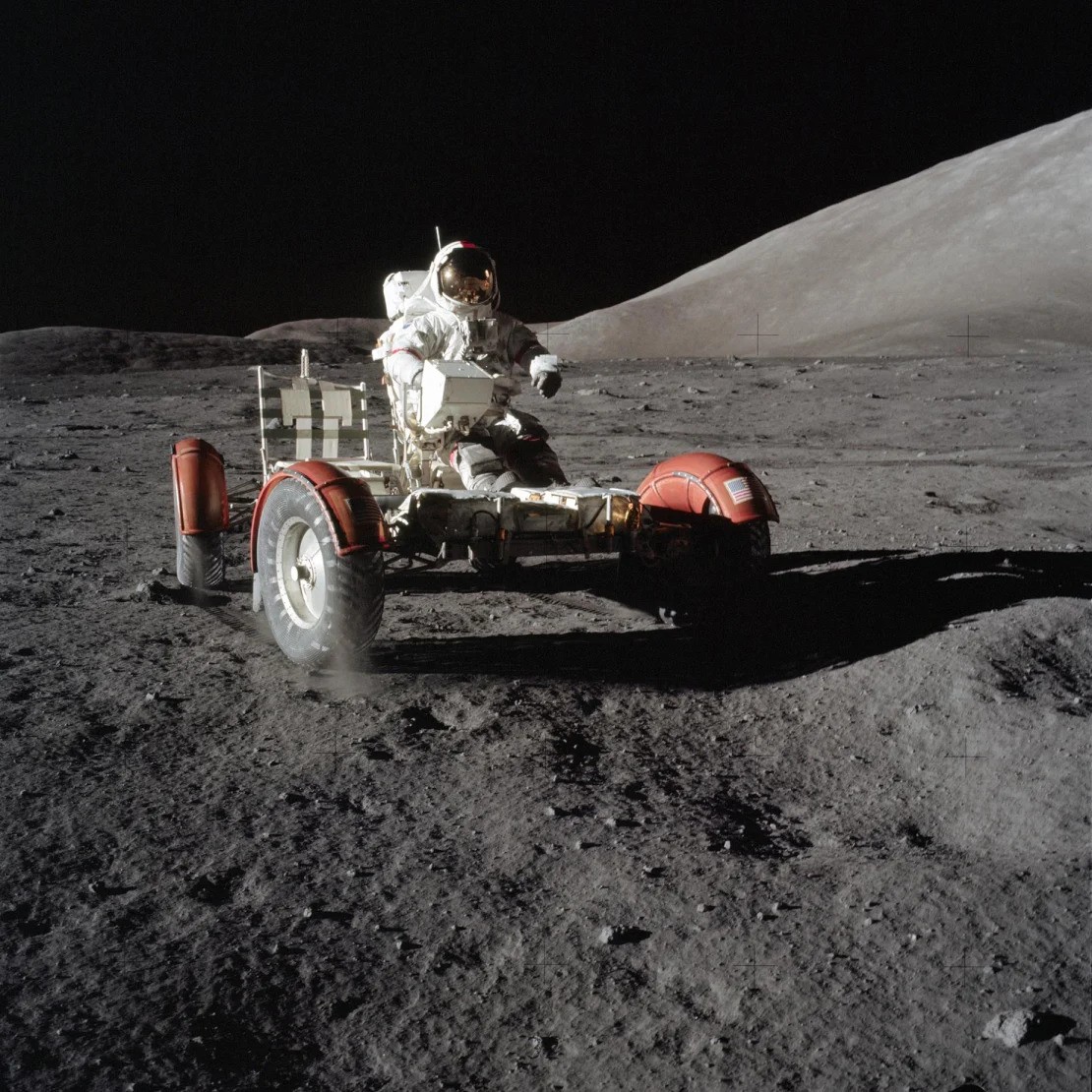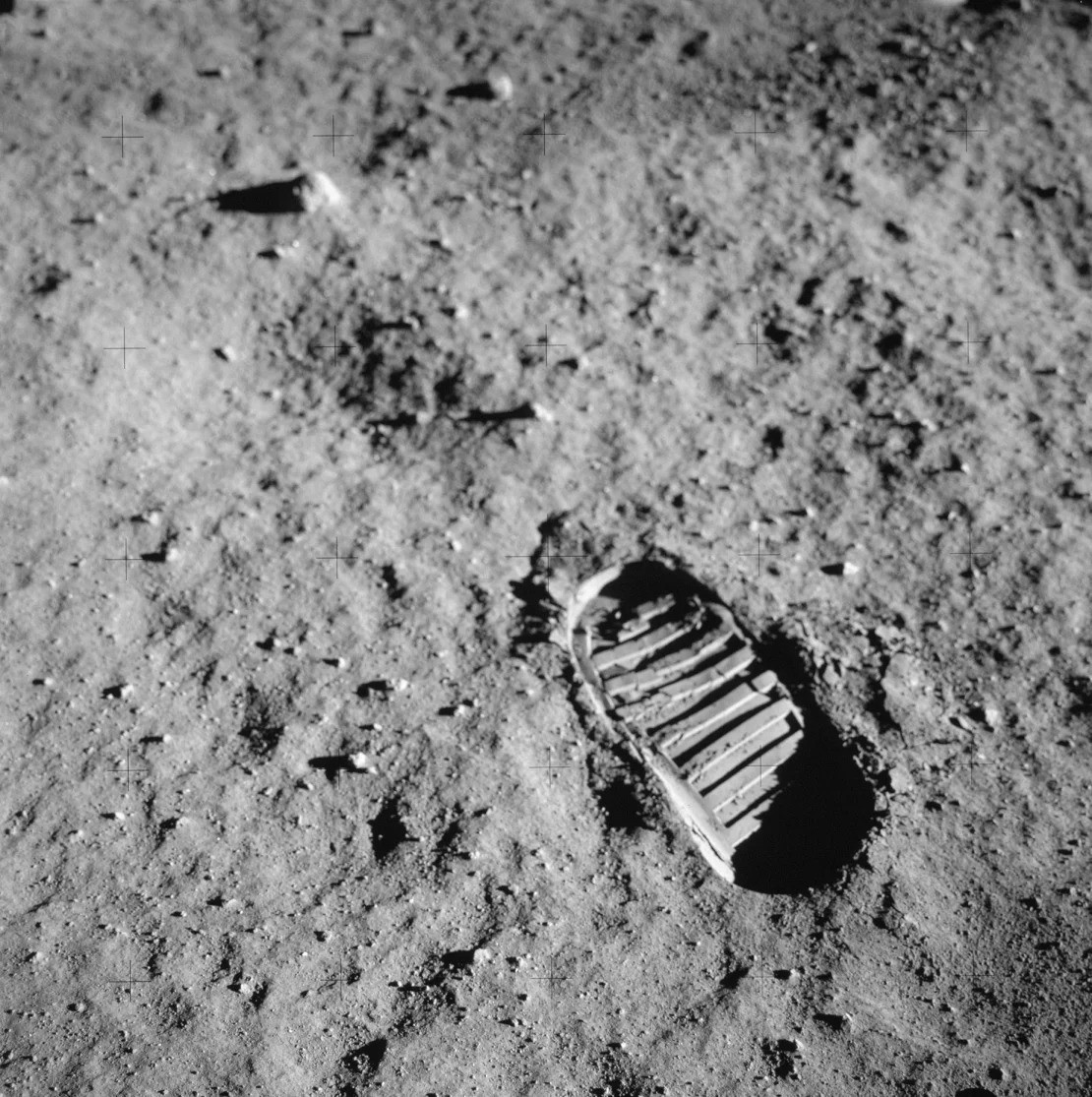Scientists Say The Moon Has Entered A New Era
Scientists say the moon has entered a new era. For millennia, the moon served as a distant muse for humanity, its radiant presence in Earth's nightly expanse tantalizingly beyond our grasp, situated over 200,000 miles (321,868 kilometers) away.
Author:Paula M. GrahamReviewer:Rhyley CarneyJan 15, 20241.3K Shares29.4K Views

Scientists say the moon has entered a new era. For millennia, the moon served as a distant muse for humanity, its radiant presence in Earth's nightly expanse tantalizingly beyond our grasp, situated over 200,000 miles (321,868 kilometers) away. This paradigm shifted on September 13, 1959, when the unmanned Soviet spacecraft, Luna 2, achieved the historic feat of landing on the lunar surface.
According to NASA, Luna 2 left a lasting impression upon its descent by carving out a crater between Mare Imbrium and Mare Serenitatis. Some scientists have proposed that this historic event not only signaled humanity's entry into lunar exploration but also marked the beginning of the "Lunar Anthropocene," a new geological epoch. This concept, discussed in a commentary paper published in the journal Nature Geoscienceon December 8, signifies a transformative era in the geological history of the moon, triggered by human activities.
"The idea is much the same as the discussion of the Anthropocene on Earth - the exploration of how much humans have impacted our planet," said the paper’s lead author Justin Holcomb, a postdoctoral researcher with the Kansas Geological Survey at the University of Kansas, in a statement.
“„The consensus is on Earth the Anthropocene began at some point in the past, whether hundreds of thousands of years ago or in the 1950s. Similarly, on the moon, we argue the Lunar Anthropocene already has commenced, but we want to prevent massive damage or a delay of its recognition until we can measure a significant lunar halo caused by human activities, which would be too late.”- Justin Holcomb
For years, scientists have endeavored to pinpoint a definitive Anthropocene epoch on Earth, and recently, fresh evidence from a site in Canada has been presented as a potential marker for the onset of this transformative phase in our planet's history.
The concept of the Lunar Anthropocene comes at a juncture when both governmental space agencies and private enterprises are displaying a renewed enthusiasm for revisiting the moon, with some aiming for their inaugural lunar landings.
The authors of the paper contend that the moon's environment, already influenced by human activities during the early stages of the Lunar Anthropocene, will undergo more profound alterations as exploration endeavors intensify.
Humanity’s Lunar Footprint
Those who enjoy outdoor activities and frequent national parks are likely acquainted with the "Leave No Trace" principle, emphasizing the importance of respecting and preserving natural environments by leaving them undisturbed and responsibly managing waste.
Contrastingly, the moon bears the marks of exploration, challenging the notion of leaving no trace. Since Luna 2's historic landing, more than a hundred spacecraft have either crashed or soft-landed on the lunar surface, causing the landscape to change as a result of human activity.
The paper highlights the difficulty of successfully touching down on the lunar surface by noting that humans have caused surface disturbances in at least 58 additional locations on the moon. Numerous crashes that have left their mark in the form of new craters are evidence of this difficulty.
The Cold War rivalry sparked a series of lunar missions, the majority of which have been unmanned. NASA's Apollo missions, initiated during the 1960s, marked the first occasions humans orbited the moon, culminating in the historic Apollo 11 landing in 1969. From 1969 to 1972, a total of 12 NASA astronauts ventured onto the lunar surface.
The human presence left a diverse array of artifacts, ranging from scientific equipment for experiments to spacecraft components, flags, photographs, and even unexpected items like golf balls, bags of human waste, and religious texts, as outlined in the paper.
Despite appearances from Earth, the moon remains seemingly unchanged, lacking a protective atmosphere or magnetosphere. The absence of these protective features exposes the lunar surface to micrometeorite impacts, as the moon lacks a natural defense against space rocks.
The proposal of declaring a Lunar Anthropocene aims to highlight that the moon is changing not naturally occurring but attributed to human exploration. This distinction becomes crucial as it emphasizes the lunar environment's transformation due to human activities.
"Cultural processes are starting to outstrip the natural background of geological processes on the moon," Holcomb said. "These processes involve moving sediments, which we refer to as regolith, on the moon. Typically, these processes include meteoroid impacts and mass movement events, among others. However, when we consider the impact of rovers, landers, and human movement, they significantly disturb the regolith."
The moon boasts delicate features such as an exosphere made up of dust, gas, and ice within permanently shadowed regions. These vulnerable characteristics could face disturbances from ongoing explorations, as highlighted by the authors in their paper. The authors emphasize the importance of future missions incorporating measures to mitigate any harmful impacts on lunar environments.
Lunar Exploration Frenzy
A new era of the space race is unfolding as various nations target both robotic and crewed missions to explore the moon's challenging and uncharted regions, particularly the South Pole.
India achieved a historic milestone with the successful landing of its Chandrayaan-3 mission on the moon in 2023, following setbacks with Russia's Luna 25 spacecraft and the crash of Japanese company Ispace's HAKUTO-R lander. This year witnesses a flurry of lunar missions, with Japan's "Moon Sniper" lander poised for a landing attempt on January 19.
This week saw the launch of Astrobotic Technology's Peregrine spacecraft, although objections from the Navajo Nation raised concerns about the inclusion of human remains sent by customers to the lunar surface. A propulsion issue detected shortly after liftoff has thrown Peregrine's moon landing plans into uncertainty.
NASA's Artemis program is gearing up to return humans to the lunar surface in 2026, envisioning a sustained human presence with habitats supported by resources like water ice at the lunar south pole. Meanwhile, China's space ambitions also encompass lunar landings, marking an intensification of global interest and competition for lunar exploration.
“„In the context of the new space race, the lunar landscape will be entirely different in 50 years. Multiple countries will be present, leading to numerous challenges. Our goal is to dispel the lunar-static myth and emphasize the importance of our impact, not only in the past but ongoing and in the future. We aim to initiate discussions about our impact on the lunar surface before it's too late.- Justin Holcomb
The Moon’s Archaeological Record
The imprints of humanity on the moon are increasingly seen as artifacts deserving protection. Researchers have advocated for the preservation of the Apollo landing sites and the cataloging of items left behind to safeguard the "space heritage." However, the challenge lies in the complexity of preservation efforts as no single country or entity can claim ownership of the moon.
"A recurring theme in our work is the significance of lunar material and footprints on the moon as valuable resources, akin to an archaeological record that we're committed to preserving," Holcomb said. "The concept of a Lunar Anthropocene aims to raise awareness and contemplation regarding our impact on the lunar surface, as well as our influence on the preservation of historical artifacts."
The historic Apollo 11 lunar landing represented the inaugural instance of humans stepping onto another celestial body. The indelible footprints imprinted in the lunar dust by astronauts stand as a symbol of humanity's continuing odyssey, with future endeavors possibly extending to planets like Mars, as indicated by the researchers.
“„As archaeologists, we perceive footprints on the moon as an extension of humanity's journey out of Africa, a pivotal milestone in our species' existence. These imprints are intertwined with the overarching narrative of evolution. It's within this framework we seek to capture the interest of not only planetary scientists but also archaeologists and anthropologists who may not typically engage in discussions about planetary science.- Justin Holcomb

Paula M. Graham
Author

Rhyley Carney
Reviewer
Latest Articles
Popular Articles

